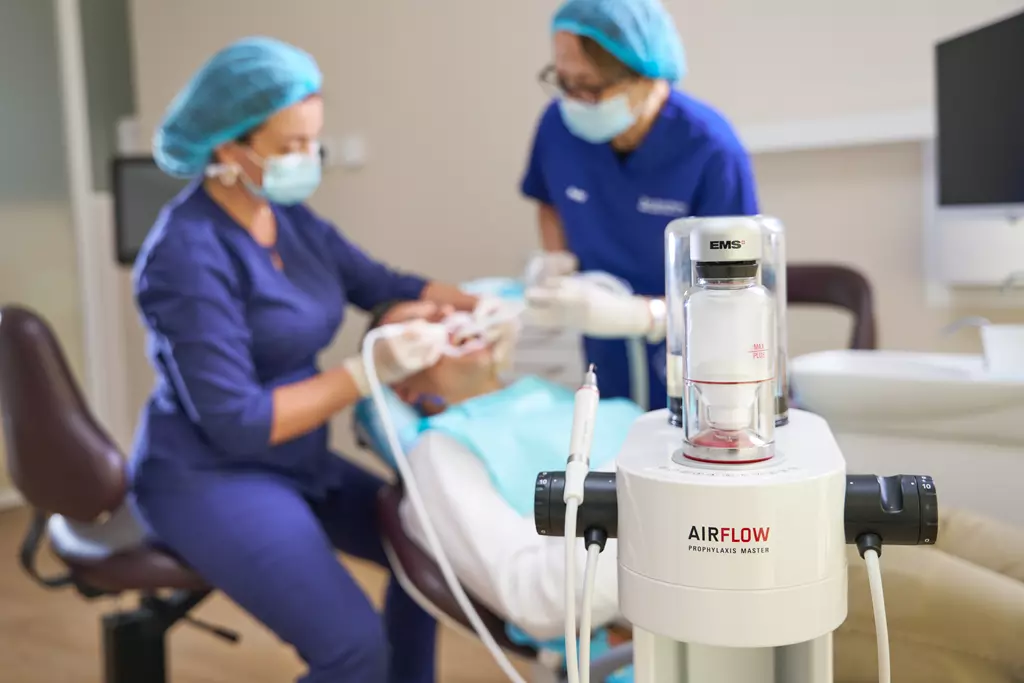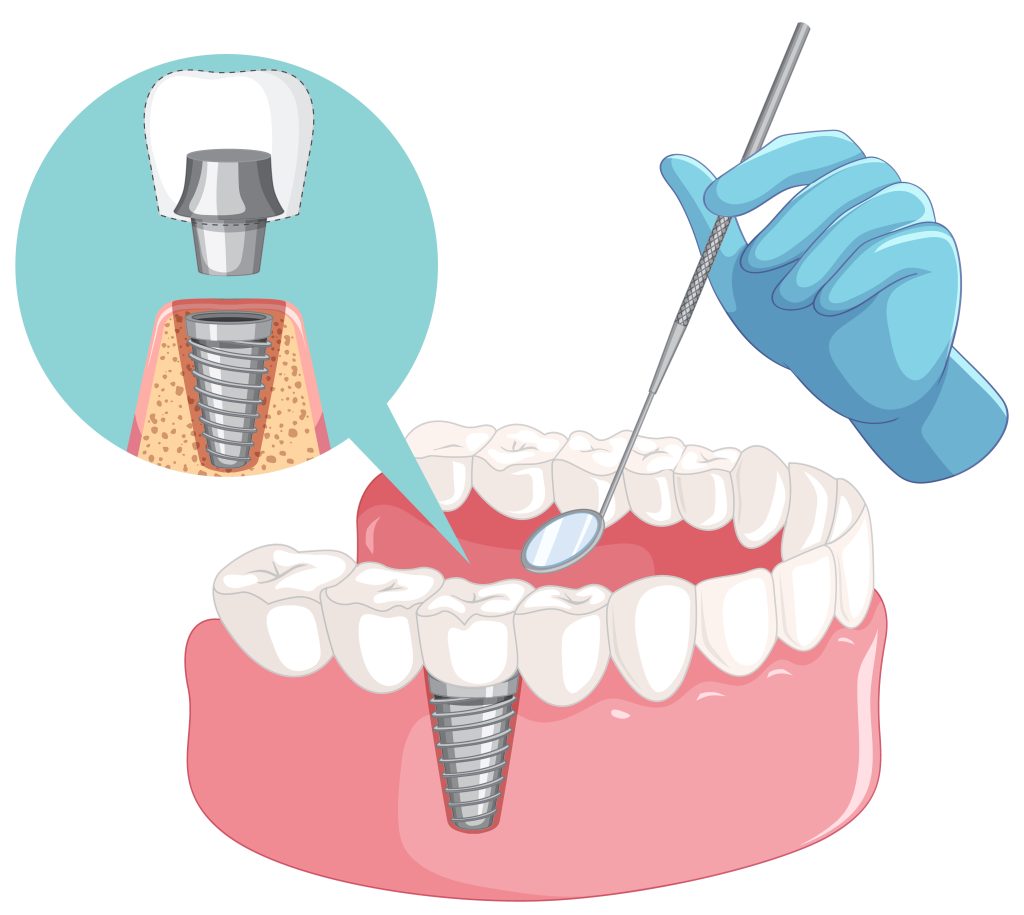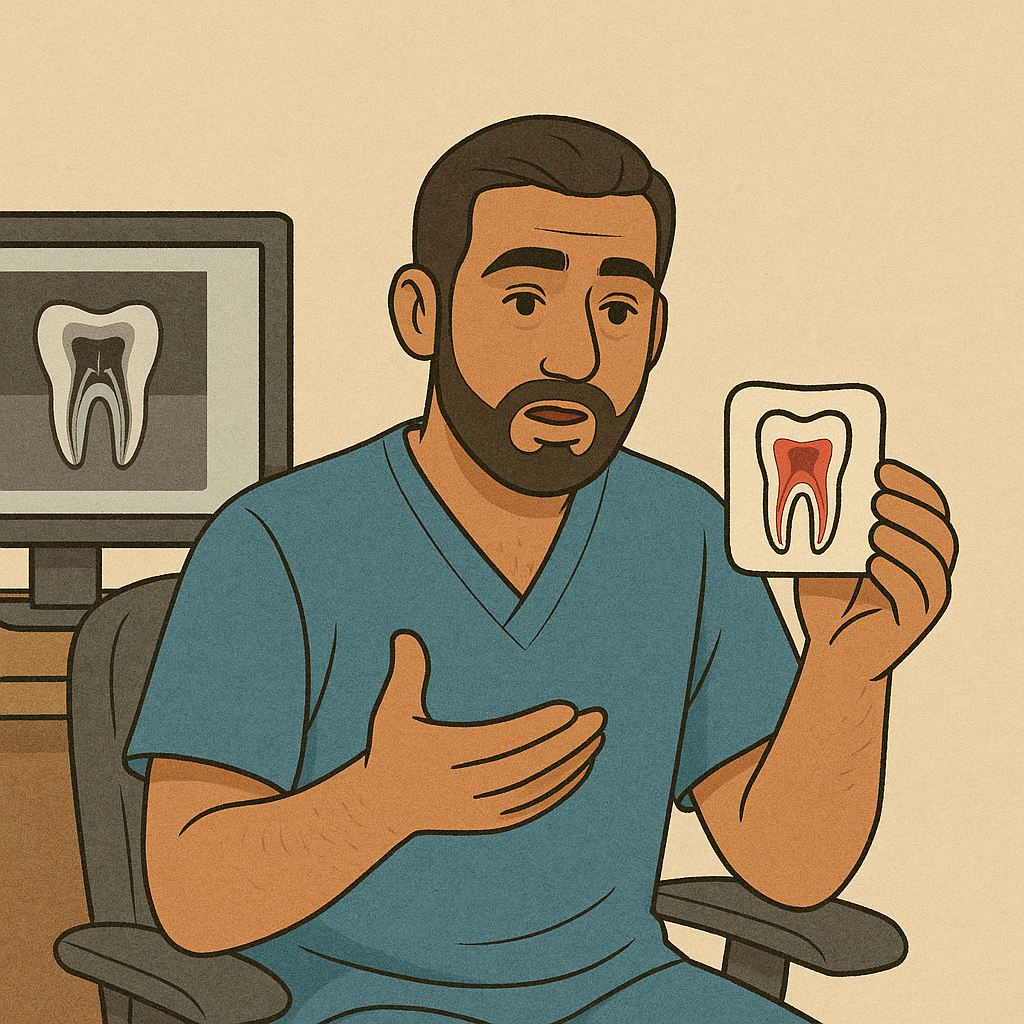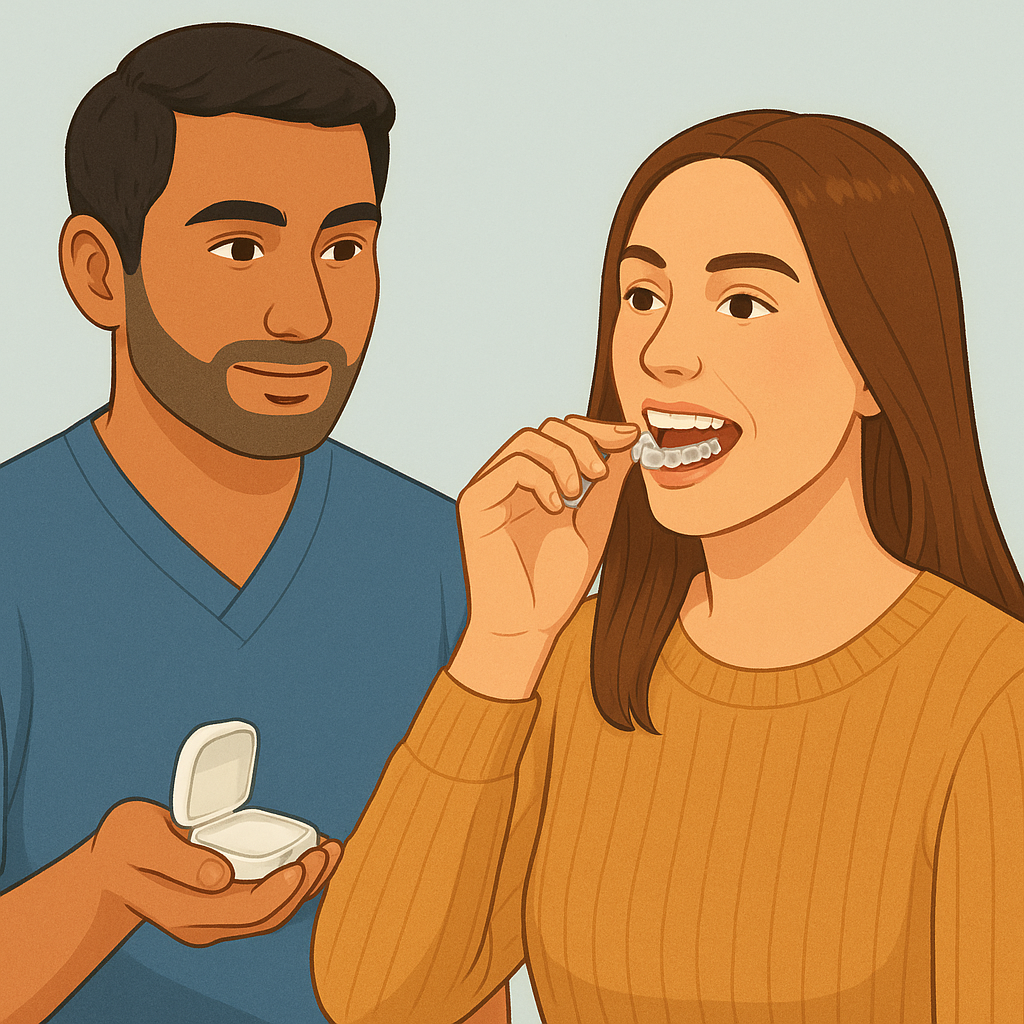Professional Teeth Cleaning: Importance, Procedure, and Benefits
When Is Professional Teeth Cleaning Necessary?
A dentist may recommend professional cleaning in the following cases:
- Plaque and Tartar Buildup – Even with good oral hygiene, plaque can harden into tartar, which requires professional removal.
- Gum Inflammation (Gingivitis) – Early-stage gum disease can be reversed with thorough cleanings.
- Persistent Bad Breath (Halitosis) – Bacteria trapped in plaque and tartar contribute to bad breath.
- Stained or Discolored Teeth – Removes surface stains from coffee, tea, tobacco, and food.
- Preventive Dental Care – Routine cleanings help prevent cavities, gum disease, and other oral health issues.
Types of Professional Teeth Cleaning
1. Regular Dental Cleaning (Prophylaxis)
- Removes plaque, tartar, and stains from tooth surfaces.
- Polishes teeth to make it harder for plaque to accumulate.
- Recommended every 6 months for most patients.
2. Deep Cleaning (Scaling and Root Planing)
- Used for patients with gum disease.
- Removes plaque and tartar from below the gum line.
- Smooths tooth roots to help gums reattach and heal.
3. Ultrasonic Scaling
- Uses high-frequency sound waves to break up tartar and plaque without damaging the tooth surface.
- Reduces the need for manual scraping, making the procedure more comfortable.
- Effective for removing stubborn deposits and deep plaque.
4. Air Polishing
- Uses a combination of water, air, and fine powder to remove stains and plaque.
- Ideal for patients with braces or dental restorations.
5. Fluoride Treatment
- Applied after cleaning to strengthen enamel and protect against cavities.
What to Expect During a Professional Cleaning
- Oral Examination – The dentist or hygienist checks for signs of cavities, gum disease, and other issues.
- Plaque and Tartar Removal – Special instruments, including ultrasonic scalers, are used to break down and remove deposits.
- Teeth Polishing – A gritty toothpaste and rotating brush polish the teeth.
- Flossing and Rinsing – Removes any remaining debris between teeth.
- Fluoride Application (If Needed) – Provides extra protection against decay.
Benefits of Professional Teeth Cleaning
- Prevents Gum Disease and Tooth Decay – Reduces the risk of cavities and periodontal problems.
- Fresher Breath – Eliminates bacteria that cause bad breath.
- Brighter, Healthier Smile – Removes stains and polishes teeth for a cleaner look.
- Early Detection of Dental Issues – Allows dentists to identify and treat problems early.
- Improves Overall Health – Linked to lower risks of heart disease, diabetes, and other health conditions.
How to Maintain Oral Health Between Cleanings
- Brush Twice Daily – Use fluoride toothpaste and a soft-bristled toothbrush.
- Floss Daily – Removes plaque and food particles between teeth.
- Limit Sugary and Acidic Foods – Reduces the risk of cavities and enamel erosion.
- Avoid Tobacco Products – Helps prevent gum disease and staining.
- Stay Hydrated – Drinking water helps wash away food particles and bacteria.
When to Contact a Dentist
Seek professional cleaning if you experience:
- Persistent plaque buildup despite regular brushing and flossing.
- Bleeding gums or gum sensitivity.
- Bad breath that doesn’t improve with oral hygiene.
- Visible tartar deposits on teeth.
Conclusion
Professional teeth cleaning is an essential part of maintaining good oral health and preventing dental issues. Regular cleanings, combined with a strong at-home oral care routine, help ensure a bright and healthy smile. If it’s been more than six months since your last cleaning, schedule an appointment with your dentist to keep your teeth and gums in top condition.




















